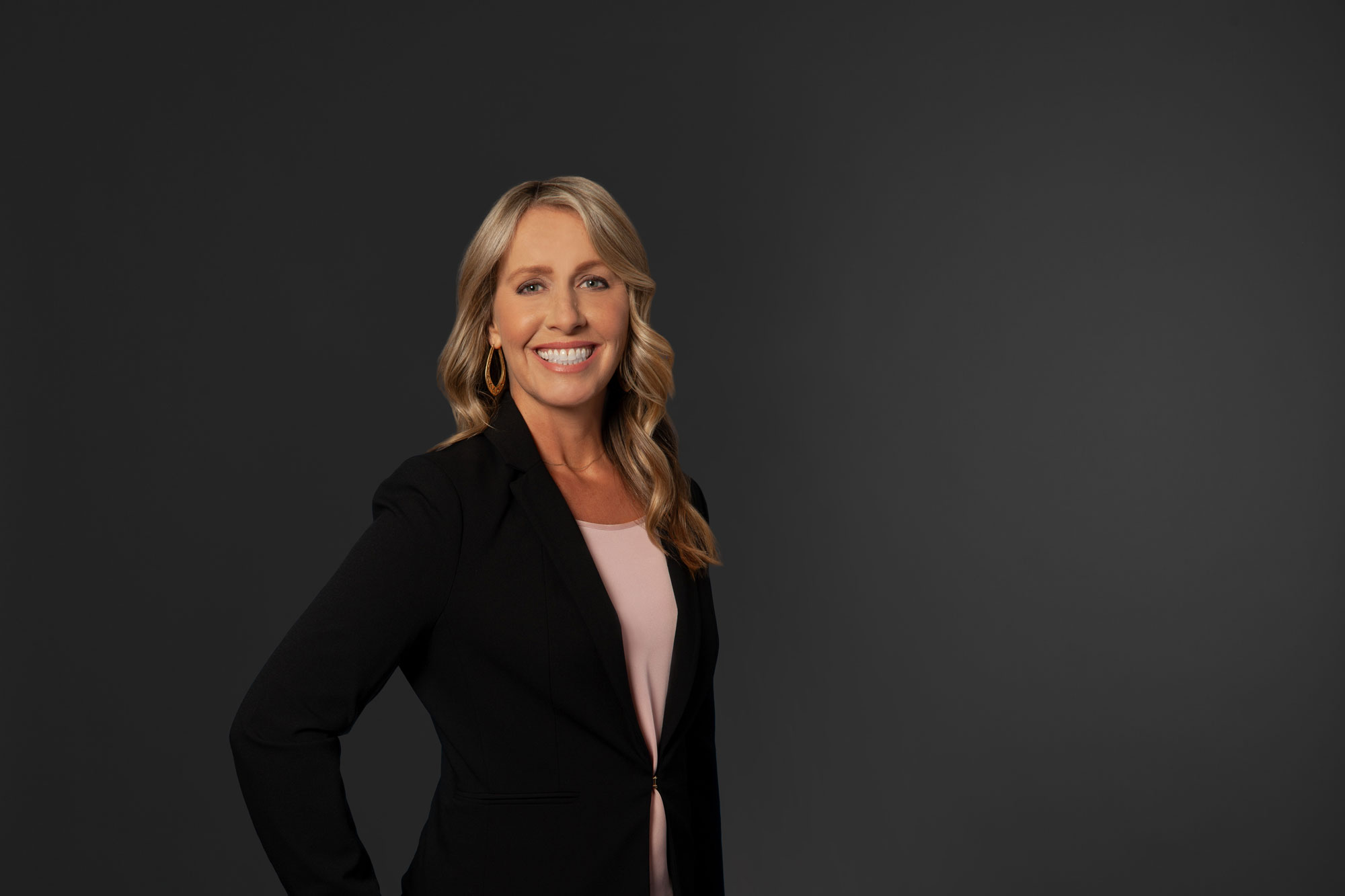
Image by Credit Commerce from Pixabay
Finding financing for a home could be as simple as applying for a conforming FHA loan or it could be as difficult as having to locate a portfolio loan or even a combo loan. What you need depends on the real estate you are buying. Most people buying a primary residence get a conforming loan, whether it is conventional or government-backed.
Conforming vs. Non-Conforming
The first thing to determine is whether your loan is going to be conforming or not. A conforming loan for a single-family unit must be under $510,400 in most areas and $765,600 in other areas. The Federal Housing Finance Agency sets the rates. If you have to borrow more, you will need a jumbo loan or a piggyback loan. A common piggyback loan is where you pay 15 percent of the price, then take out two mortgages: one for 80 percent of the purchase price, then a second mortgage for 5 percent of the purchase price. You can work the percentages however you need them based on the purchase price. The piggyback loan keeps you from going into jumbo loan territory and possibly paying higher interest rates.
Conforming Loans
Conforming loans are conventional or government-backed loans. A conventional loan usually has a higher interest rate because it’s riskier to the lender. A government-backed loan, such as a VA or FHA loan is guaranteed by the federal government, thus it is less risky to lenders. Because of the lower risk, you get a better interest rate as long as your credit is good.
Adjustable vs. Fixed-Rate Loans
If interest rates are low and are projected to stay low, you can get an adjustable-rate loan to save a bit on the interest rate. As interest rates change, so does your mortgage payment. Adjustable rates are based on a certain index. For example, if your base interest rate is 4 percent, which means your interest rate will never go lower than that, and the Libor London rate is 1 percent, your rate is 5 percent. If the Libor London increases by a half percentage point, so will your loan. However, if it decreases by a point, your interest rate also lowers by a point.
Adjustable-rate loans are risky for the buyer because you don’t know if the rate will significantly increase over the life of the loan. If you plan on refinancing or selling the home after a few years, an adjustable-rate might be beneficial.
A fixed-rate loan means that your interest rate does not change over the life of the loan.
Portfolio Loans
You might have a hard time finding a loan because you are self-employed, your credit isn’t the best, or you are buying a property that doesn’t conform to most lenders’ standards. A lender doesn’t sell the loan on the secondary market, but instead holds it in the bank’s portfolio. These loans are riskier for the lender and will often have a higher interest rate.
About the Author

Jeannie VandeWeg
“I was made for this job. It combines my three passions: people, homes, and Sonoma County!”
Jeannie was born in Healdsburg, California and is one of the lucky ones who has always called Sonoma County "home." She's never taken this extraordinary place for granted and fully understands why it has such a pull on people from all over the country and world. She works as a full-time Realtor and loves guiding her clients prep their homes to sell and showing buyers around this beautiful county.